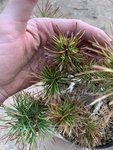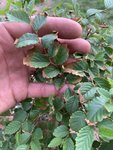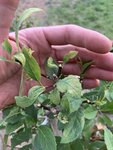Hartinez
Masterpiece
Hey all. I feel like this is just how 2020 is going. I’ve got issues across the board. Nothing seems isolated. I’ve never had trees look this bad all at once this time of year. WTF. Any help on ANYTHING would be fruitful. I’ve moved twice. Using daconil here and there. But that’s it. Some trees still look good, but dam I’m struggling. Some of this is recent, some has been persistent. It’s really disheartening with everything else happening. Would be fully depressed if I lost half my collection.
Attachments
-
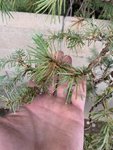 55D0CE56-3889-4D09-815C-E2E77810DB09.jpeg205.8 KB · Views: 91
55D0CE56-3889-4D09-815C-E2E77810DB09.jpeg205.8 KB · Views: 91 -
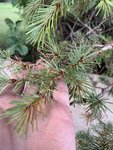 1BCF0D72-8F16-45BC-8A8F-FCB7F176C95D.jpeg215.4 KB · Views: 95
1BCF0D72-8F16-45BC-8A8F-FCB7F176C95D.jpeg215.4 KB · Views: 95 -
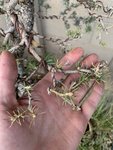 6B9C8D56-953E-42FA-8189-8E9BBECBE631.jpeg177.3 KB · Views: 91
6B9C8D56-953E-42FA-8189-8E9BBECBE631.jpeg177.3 KB · Views: 91 -
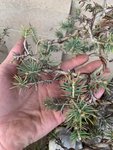 A4BFBDEE-3563-4966-8C72-8451A84F5A2F.jpeg213.7 KB · Views: 88
A4BFBDEE-3563-4966-8C72-8451A84F5A2F.jpeg213.7 KB · Views: 88 -
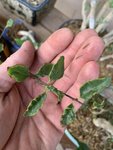 0C7B42AF-B1D1-4AF7-81E6-87AD57A9E79C.jpeg132.2 KB · Views: 90
0C7B42AF-B1D1-4AF7-81E6-87AD57A9E79C.jpeg132.2 KB · Views: 90 -
 D11111BA-2CFE-4F07-904D-49558DC465BB.jpeg190.2 KB · Views: 85
D11111BA-2CFE-4F07-904D-49558DC465BB.jpeg190.2 KB · Views: 85 -
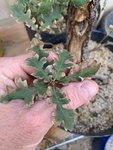 CC3AC818-7051-41C9-8320-CD7E457509F6.jpeg158.1 KB · Views: 85
CC3AC818-7051-41C9-8320-CD7E457509F6.jpeg158.1 KB · Views: 85 -
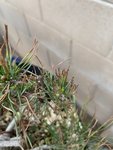 907D21D0-B48D-4569-A552-50751B7DCC9F.jpeg140.1 KB · Views: 82
907D21D0-B48D-4569-A552-50751B7DCC9F.jpeg140.1 KB · Views: 82 -
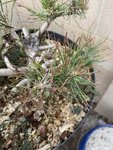 63317614-7DC9-491A-ABB3-20A4C4117542.jpeg195.9 KB · Views: 79
63317614-7DC9-491A-ABB3-20A4C4117542.jpeg195.9 KB · Views: 79 -
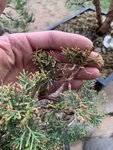 355C71FC-5338-44EC-9B43-1144AFF1D9E2.jpeg213 KB · Views: 79
355C71FC-5338-44EC-9B43-1144AFF1D9E2.jpeg213 KB · Views: 79

